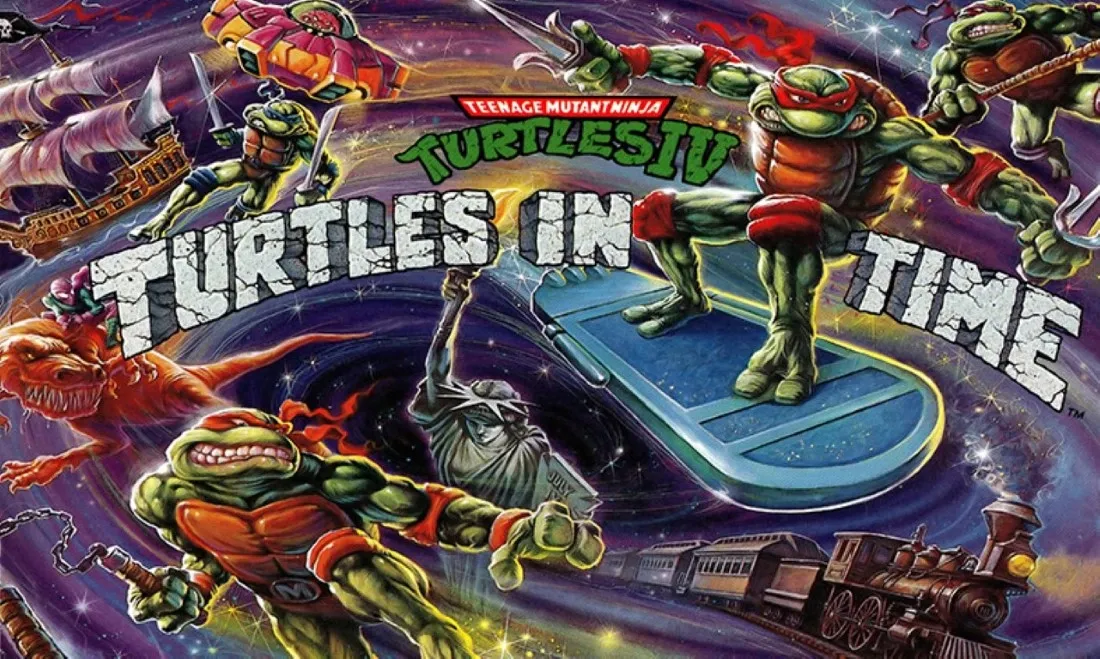
Teenage Mutant Ninja Turtles (TMNT) is a franchise about teenage anthropomorphic Turtles named after artists. They're ninjas who live in the sewers of New York City and were trained by their rat sensei splinter; they fight crime and evil, and Shredder, the leader of the criminal organization known as the Foot Clan, is their archenemy.
If you were alive in the 1980s and 1990s, you most likely saw the turtles in some form, whether it was in movies, comic books, TV shows, or games. Perhaps you even owned some TMNT merchandise, and they are now well-known. From what I understand, the turtles we know today are vastly different from how they were originally depicted in the comic book. I've seen most of the films and played a few of the games, but that's about it.

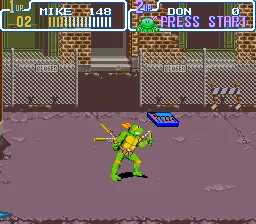
Despite my lack of familiarity with the franchise, I adore the turtles; they're obsessed with pizza and kick ass, so what's not to like? Konami Teenage Mutant Ninja Turtles is a game developed and published by Konami. Turtles In Time is a beat-em-up arcade game that was released in 1991 and renamed Teenage Mutant Ninja Turtles when it was ported to the Super Nintendo in 1992. For Turtles In Time to keep the numbering from previous NES games. The turtles are watching the news when April O'Neil, who is reporting from Liberty Island and crying, flies in and steals the Statue of Liberty, and Shredder laughs because evil villains do that. The Turtles go on the offensive against the Foot Clan in New York's streets and sewers, as well as the Technodrome. Shredder transports them through time, causing them to battle Shredder's army in both the past and the future.

The plot is certainly silly, and the game is divided into scenes or stages. It should be noted that if you beat the game on the hardest difficulty mode in the Super Nintendo version, you can watch the special or true ending. The arcade version has significantly more voice acting, with the majority of it consisting of corny and humorous one-liners.
Both games have a cartoon feel to them and shouldn't take long to complete, but they are a lot of fun to play. The arcade version supports up to four players, whereas the Super Nintendo version only supports two, which is the game's only major flaw. The Super Nintendo version of the arcade game uses a credit system, which means you must insert money to play. There are three difficulty modes, and the difficulty mode determines how many continues you receive.

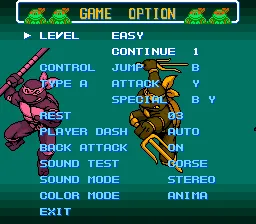
Before playing, you can manually change the number of lives you receive. You must choose one of the four turtles to play as: Leonardo Michelangelo Donatello, or Raphael. If you take damage in either game, you lose health, and if you lose all of your health, you die. In the arcade game, you lose a credit, while in the Super Nintendo game, you lose a life. When you run out of lives, you must use a continue to continue playing, and you can choose to play as a different turtle if you want. Turtles in Time is a scrolling beat'em up in which you can move around freely within the playable area and attack left and right. The four turtles are distinguished by the color of their masks and wield various weapons. Leonardo wields two katanas or ninja toes, Michelangelo a pair of nunchucks, Donatello a bo staff, and Raphael a pair of Sai.
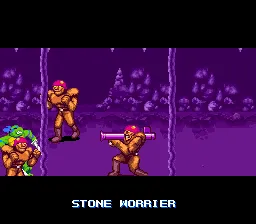
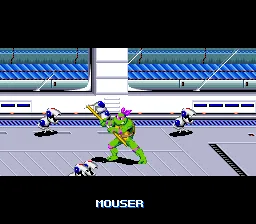
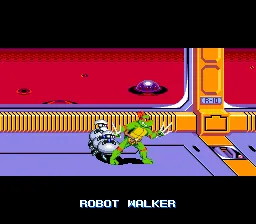

Each turtle has its own set of strengths and weaknesses. The controls are fairly straightforward; you can move, sprint, charge, attack, and jump. Pressing the attack button in conjunction with the jump button and/or the sprint mechanic will result in various attack types. There are jump attacks, a slide attack, you can slam enemies on the ground, and you can even throw enemies at the screen, which I'm obsessed with for some reason I don't understand. If you press the attack and jump buttons simultaneously, you can perform a power attack, which drains a little health in the Super Nintendo version. Pizza pickups can be found throughout the stages, and if you get the pizza power pick up, your turtle will quickly spin around the area for a short time, allowing him to kill enemies instantly. In both games, killing enemies earns you points, and obtaining 200 points earns you an extra life in the Super Nintendo version.
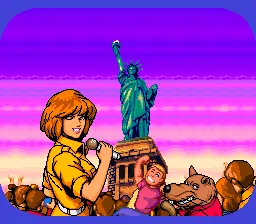
You'll fight enemies on the streets of New York in nine stages in the arcade game and ten in the Super Nintendo version. Each stage has you moving right to progress. Clear out the enemies in the area and keep moving right to continue; in the arcade version, if you stay stationary for too long, you'll lose a life. You can use objects in the stages to your advantage, such as rolling barrels into enemies, breaking a fire hydrant so it shoots water at enemies, and blowing up explosives that can cause damage. The only disadvantage of Turtles in Time is that it can be completed in under an hour on easy difficulty, but on the plus side, you won't be bored. Turtles in Time is a fantastic side-scrolling beat 'em up that will make you proud to own a Super Nintendo. Because I enjoyed the arcade game, owning this cartridge made me feel like I was bringing an authentic arcade experience into my bedroom.












